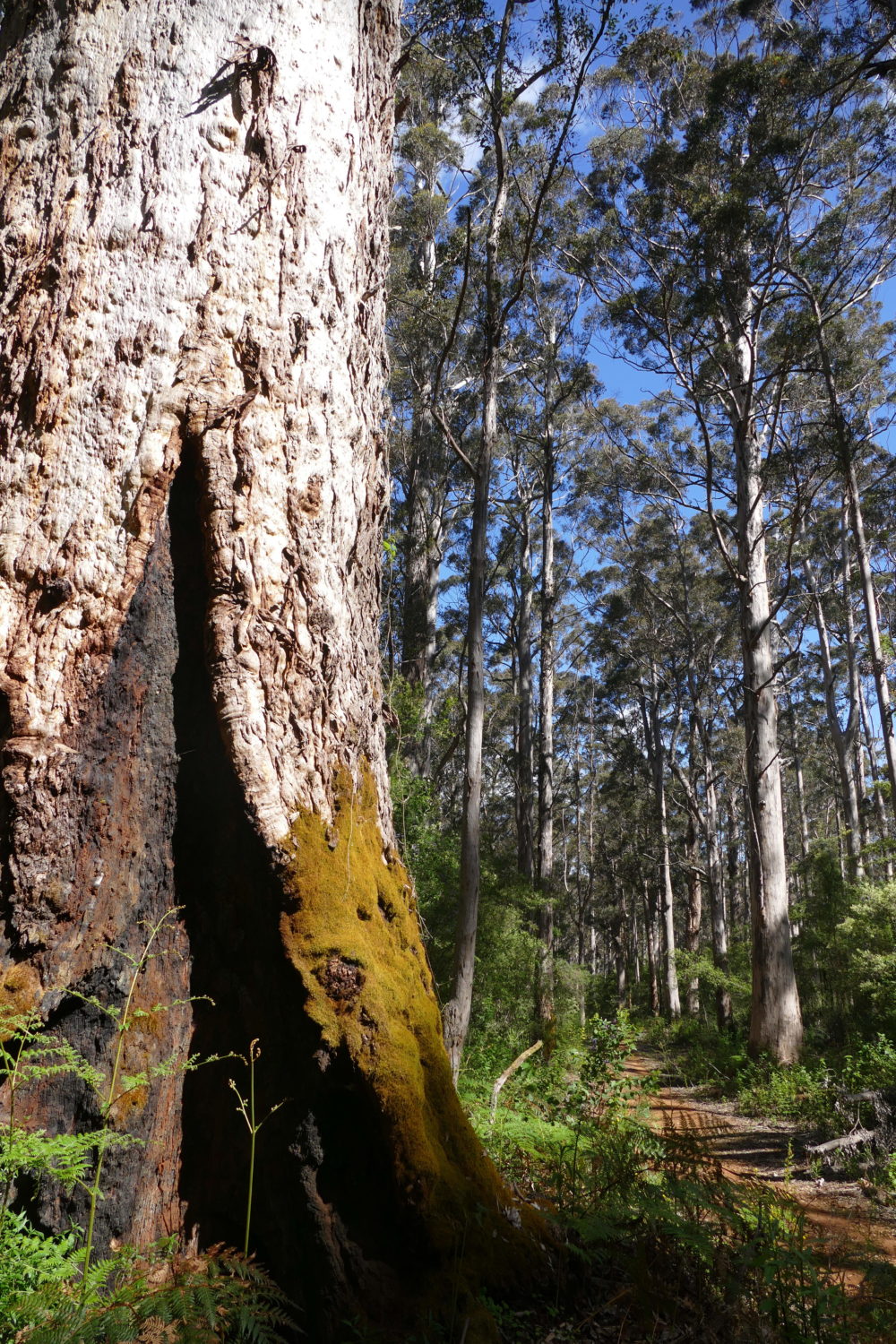There are more life forms in a handful of forest soil than there are people on the planet. A mere teaspoonful contains many miles of fungal filaments. All these work the soil, transform it, and make it so valuable for the trees.
Chances are, your notion of what trees are/do/feel will be expanded enormously if you read the book I have just quoted: Peter Wohlleben‘s The Hidden Life of Trees.
The German forester’s book is at times whimsical, but delightfully and intelligently so.
It is also oft-speculative, and more than a tad Eurocentric.
Its Eurocentricity is neither arrogant, nor parochial. Wohlleben refers to research conducted by many others, in various places, Australia included.
Primarily, however, he draws on his own observations of the particular forest he manages.
The author’s whimsy may at first strike you as “anthropomorphic” or twee, but if you persist, I think you will probably agree that he is really “not guilty”.
In context, for example, this is one of many keen observations: Urban trees are the street kids of the forest.
Likewise, chapter headings like Tree School and The Language of Trees prove not merely “cute”; the author is not a purveyor of “New Age” drivel – however amazed you may be by his claims, you will notice that most are based on evidence…and whilst Wohlleben is not shy of speculating, his speculations are neither silly nor sentimental.
Before you read the book you may like to hear Peter Wohlleben in conversation with Philip Adams.
I took the photo atop this post in virgin Karri forest in Warren National Park, near Pemberton, southwest Western Australia.
On a single warm day the tree in the foreground could pump/transpire some hundreds of litres of water!
Karri (Eucalyptus diversicolor) is one of the world’s tallest flowering plants; the very tallest – Eucalyptus regnans – is also Australian.
